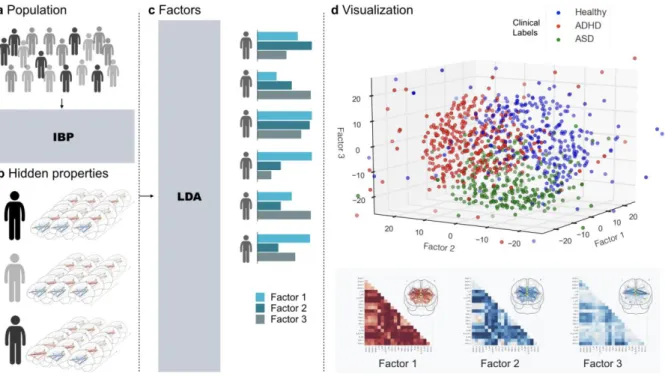Shared Endo-phenotypes of Default Mode Dysfunction in Attention Deficit/Hyperactivity Disorder and Autism Spectrum Disorder
Texte intégral
Figure



Documents relatifs
Double-dissociation between the mechanism leading to impulsivity and inattention in Attention Deficit Hyperactivity Disorder: A resting state functional connectivity
ABSTRACT To review the experience of a child psychiatric clinic regarding co-morbidity and treatment characteristics of children with attention deficit hyperactivity disorder (ADHD),
Subcortical brain volume, regional cortical thickness and cortical surface area across attention- deficit/hyperactivity disorder (ADHD), autism spectrum disorder (ASD), and obsessive
L7-Cre/NLGN1-2-3 Purkinje cell- selective triple KO mice provided further evidence of inhibitory transmission impairment, with increased size of inhibitory synapses, and a
We set out to study the contribution of common genetic variants to the risk for ADHD across the lifespan by conducting meta-analyses of genome-wide association studies on
L’archive ouverte pluridisciplinaire HAL, est destinée au dépôt et à la diffusion de documents scientifiques de niveau recherche, publiés ou non, émanant des
} The diagnosis of attention deficit hyperactivity disorder (ADHD) can be considered in children or adolescents who present with a history of inattention, hyperactivity,
Objective To review research findings that consider whether attention deficit hyperactivity disorder (ADHD) is a discrete entity or whether it is more consistent with an